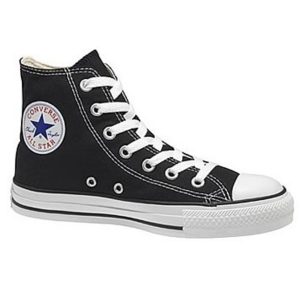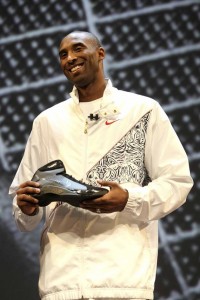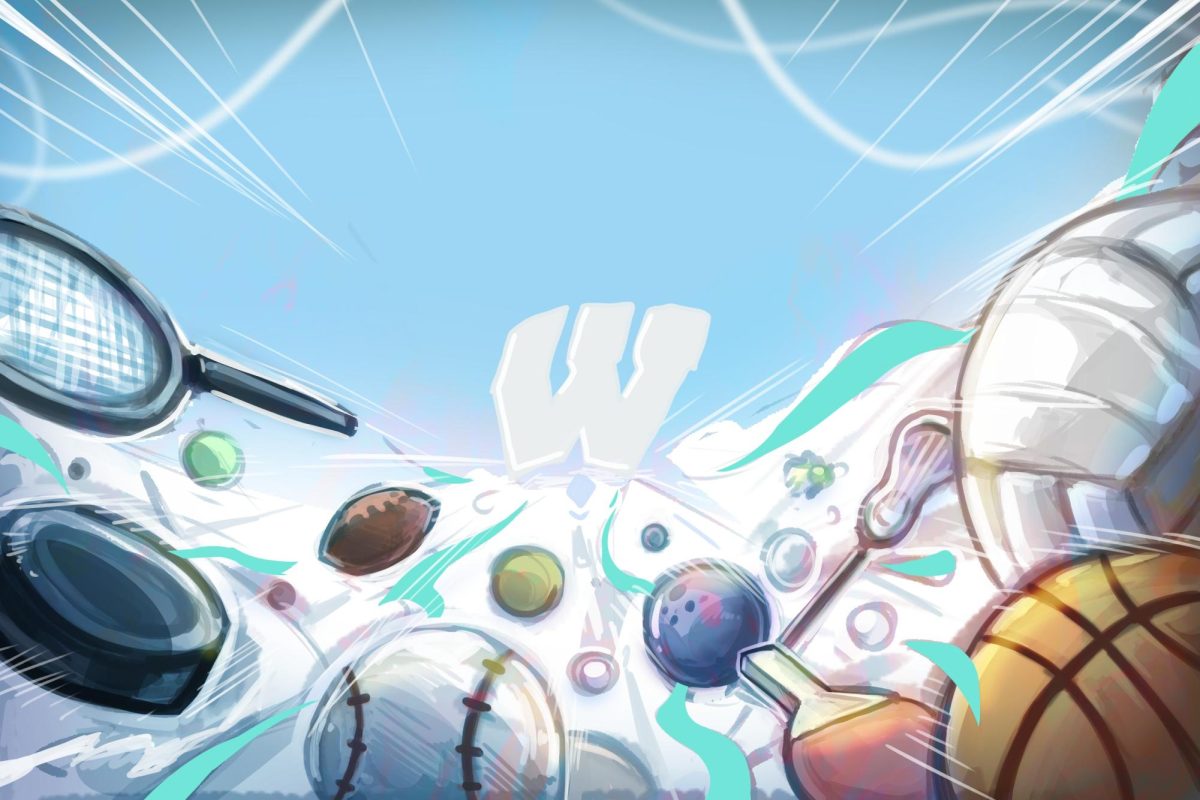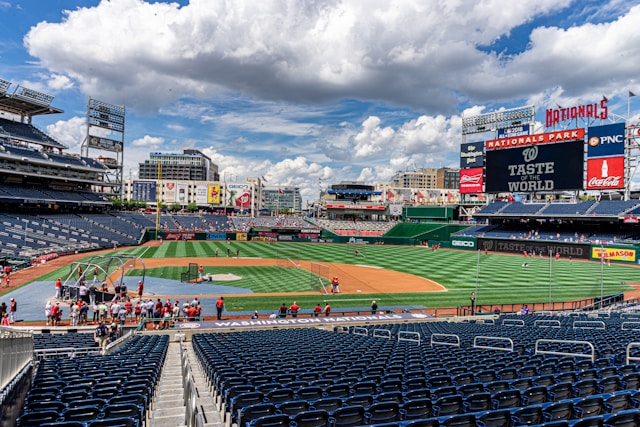*By Daniel Kluger*
In the Bethesda area, there are numerous places for teens to buy all different types of footwear. Although students have a variety of options, the most popular type is basketball shoes.
Senior Sam Walsh, the starting center for the varsity basketball team, attributes basketball shoes’ popularity to their comfort and style, while having a variety of designs.
What most people don’t know about basketball shoes, though, it that they have a long and fascinating history. Since the early 1910s, these shoes have improved both technologically and visually to create the products sold today in retail stores all over the world.
History
The Converse “All-Stars” were the first basketball shoes ever made. Converse production began in 1917, the shoes weren’t popular until Indiana University basketball star Chuck Taylor began wearing them. In 1921, he met with the company and modified the shoes into a style still used today. The “All-Stars” are the most popular basketball shoes of all time, selling over 750 million pairs.

These shoes dominated the market until 1985, when Nike released the Air Jordan Ones. The shoe quickly surpassed Converse All-Stars in annual sales, becoming the most popular basketball shoe of the 80s. Today, there are 23 different models of Jordan shoes, and the brand is still the highest selling one on the market.
When Reebok released the “Pump” in the late 80s, a war for control of the basketball shoe market began. Pumps were considerably more expensive than the Jordans, but brought a new kind of technology: a button that increased the cushioning in the heel of the shoe.
In 1999, Nike decided to re-release some of the classic Jordan shoes. With the re-release of the Jordan IVs came a craze of old classics.
The major technological development from the throwback era was the development of Shox. Although the technology took over ten years to develop, the wait was well worth it. Vince Carter brought the Shox into the public spotlight when he dunked over seven-footer Wiess in the Olympics wearing his Shox BB4. Soon after, the Shox took off in the basketball community and Reebok and Adidas quickly developed their own versions of the Shoxs to compete with Nike.
New Marketing
With the high demand for retro and technologically advanced shoes, the price of shoes has gone up drastically.

Due to this, Nike has raised the price of Jordan shoes. Almost all newly released Jordans sell for over $100. Re-release and retro Jordans can cost as much as $1000 per pair.
Nike and Adidas performance basketball shoes are generally priced about the same. Nike’s most recent performance basketball shoe, the Hyperdunk, costs $110 new. The recently released Adidas TS Commander LT costs $100.
These rising prices however, are not keeping Whitman students from going out and buying new basketball shoes. Basketball shoes are not only bought for their unique looks, but also to serve as a status symbol.
“They look sweet, totally chill, and make you look gangsta and fly,” says senior Dennis Deng
The high pricing, as well as the styling of basketball shoes, make a statement about the person wearing them.
Even though many people focus primarily on the appearance of basketball shoes, they were still originally made for comfort. Junior Daniel Voigt has worn basketball shoes his whole life, not because of their style, but because of their feel.
“Basketball shoes are much more comfortable than any other kinds of shoes I have tried. The amount of cushioning and grip make them great for playing in, or just walking around.”
Thought there are tennis shoes and running shoes that are just as comfortable as basketball shoes, Voight believes basketball shoes have an extra advantage.
“With basketball shoes you can get the same cushioning as running shoes,” he says, “but they look much cooler.”






